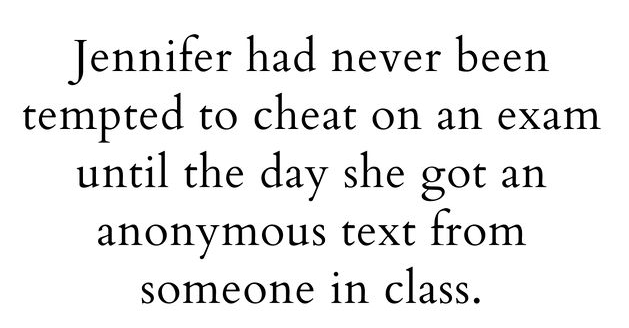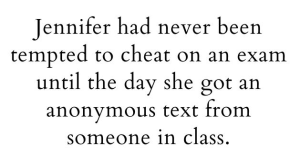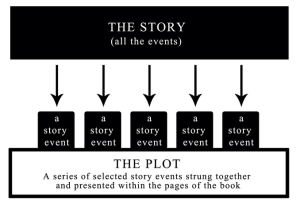How to Write Beginnings
After watching my tutor’s video lecture, I understand that the main objective of a beginning is to surprise the reader. Thinking about the first draft of my own short story, I believe I achieved that objective, with an attractive title (Provocations of Light) and a fantastical account, to draw readers’ attention.
7 Ingredients for a Good Beginning
1. an important character
2. a clear situation or theme
3. a special narrative voice
4. the character’s motivation and personality
5. an action
6. sensory details
7. no empty descriptions
Reflections on my Beginning
Looking back at my first draft I realise that it was neither entirely a full and complete story, nor the beginning of one as per the 7 ingredients noted above. If it is actually more like the middle of a story, then what is missing, among other things, is a good beginning.
In terms of those basic ingredients, I think I’m quite strong on character, with a female lead, but where she is and what she is doing is less clear. My classmates speculated that she may be on some planet, or stationed at a military post. In order to avoid confusing my readers, forcing them to spend time considering the possibilities, I should provide some clear detail on her location and role. Despite good physical description, we do not learn enough about her personality. There are hints that she been through something in the past, but there is not enough about what the motivation that places her at that location, at that point in time.
In my story the narrative voice is shared between the female and the creature. Again, the feedback I garnered from the classmates was that of disorientation, not knowing from who’s point of view we were perceiving the action. However, there was plenty of action, which used sensory details that are direct, vivid and specific, to transport the reader to a hot, dystopian prison.
Taking all of the above in mind, I have quite some work to do on the second draft!
Forms of Plot
This week we also looked at an influential list of plot categories written by Norman Freidman. Although there are 14 types in total, there are just 3 main groups:
1. Plots of Fortune (which involve a change in the protagonist situation)
2. Plots of Character (involving a change in the protagonist’s moral character)
3. Plots of Thought (which bring about a change in the protagonists thoughts and feelings)
I actually find it quite hard to decide quite where my story falls, feeling it’s a mix of all three! I think the reason I cannot easily categorise the plot of my story is because I wrote the first draft in a very organic, free flow way. There was no design, there was little planning. And by selecting a specific type or group now, I think I would be restricting my creative freedom in someway. That said, I would like to try out some other writing exercises which adress the artistic weaknesses of my short fiction first, before trying to improve the characterisation in the form of a second draft.




This is a very insightful reflection, Karina, and I am glad that it is going to help you further your story. You discovered the key to develop your story: yes, it needs a beginning. That’s why, very often, what we start writing does not become the actual beginning of the story! Writing is always a very organic process, even when we try to plan! Very often the characters, if well built, take us where they want to go and not where we want them to go.
The same happens with the ‘plot’. Sometimes it is not a decision you make at the beginning. I would advise you that you carry on with your original plan. Allow the story to ‘write itself’, and then when you finish it (and only then) you go back to it and ask it more questions so you can refine the craft, the message and the final product.
I look forward to reading the complete story!
Thank you for sharing your process.